Premium Only Content

1983 The Day After
United States, early eighties . The chronology of events leading up to World War III is depicted entirely through television and radio news reports. The Soviet Union began a military buildup in East Germany , massing troops along the Elbe River to the border with Czechoslovakia , with the aim of intimidating the United States into withdrawing from West Berlin . When the United States decides not to retreat, Soviet armored divisions are sent to the border between the two Germanys , near the Fulda crossing .
During the evening of Friday 15 September the news reported a "widespread rebellion among the different divisions of the Nationale Volksarmee ". Because of this rebellion, the Soviets blocked all access to West Berlin, to the gates of Lauenburg, Helmstedt, Herleshausen and Rudolphstein and, later, to the Tegel and Tempelhof airports . Tensions rise and the United States issues an ultimatum that the Soviets must end the blockade by 6:00 am the next day, or it will be interpreted as a pure act of war. The Soviets adamantly refuse, and the President of the United States places all American military personnel in DEFCON 2.
On Saturday, September 16, NATO forces in West Germany invade East Germany through the Helmstedt checkpoint. The Soviets hold the Marienborn corridor and inflict heavy losses on NATO troops. Soviet aerial bombings conducted by two MiG-25s destroy a NATO ammunition depot and also hit a school and a hospital near Würzburg . Through a radio broadcast, viewers learn that Moscow has been evacuated, as it is the likely target of an imminent American nuclear attack. At this point, the population of major cities in the United States is on alert to begin mass evacuations, in anticipation of an imminent doomsday. This followed unconfirmed reports that nuclear weapons were used in Wiesbaden and on the outskirts of Frankfurt am Main . Meanwhile, a naval clash between US and Soviet units takes place in the Persian Gulf . Radio reports say the ships sank each other.
Viewers then learn that the Red Army has counterattacked, entering West Germany through the Fulda Gap and is about to reach the Rhine . Wanting to prevent Soviet forces from invading France (which is now almost certain) and the rest of Western Europe from collapsing, the United States halts the Soviet advance by launching three low-yield nuclear bombs against Soviet troops. Meanwhile, the USSR launches a nuclear attack against the NATO headquarters in Brussels and in response, the United States Strategic Air Command begins preparing some of its B-52 bombers in preparation for further nuclear attacks.
After the first nuclear exchange in Europe , the United States implements its "strike on warning" policy: launching a full-scale nuclear attack against the Soviet Union as soon as it receives indication that the Soviet Union is preparing to launch a nuclear attack.
The Soviet Air Force destroys a BMEWS station in England and another at Beale Air Force Base in California . Meanwhile, aboard the CE-135 Looking Glass the President of the United States orders a full attack against the Soviet Union. At almost the same time, an Air Force officer receives a report indicating a massive Russian nuclear attack on the United States, with "32 targets ready to go, with 10 impact points." Another airman receives a report that more than 300 Soviet ICBMs are inbound.
Significantly, no indication is given in the film as to who launched the nuclear attack first.
The first array of Soviet atomic bombs hits the United States at 3:38 pm, a high-altitude nuclear explosion over Kansas City generates an electromagnetic pulse . Thirty seconds later, other Soviet ICBMs begin to impact military targets and cities, including Kansas City, Sedalia and Eldorado Springs, also in Missouri . There is not very specific information, but in the film it is suggested that most American cities, military stations, industries and refineries were largely razed. After allowing this destruction, the President of the United States, via a radio address, declared that a ceasefire had been signed between the United States and the Soviet Union, which suffered the same consequences as its American counterpart.
The second part of the film narrates the events of some of the surviving characters immediately following the outbreak of the war, thus illustrating the catastrophic consequences of thermonuclear war .
-
 LIVE
LIVE
Vigilant News Network
5 hours agoDoctors Drop Post-Election COVID Bombshell | Media Blackout
3,604 watching -
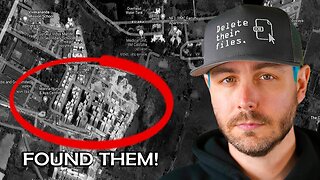 14:13
14:13
Scammer Payback
12 days agoTelling Scammers Their Address
94.1K77 -
 5:43:21
5:43:21
Barstool Gambling
9 hours agoBig Cat and Co Sweat Out the Week 10 Sunday Slate | Barstool Gambling Cave
69.4K3 -
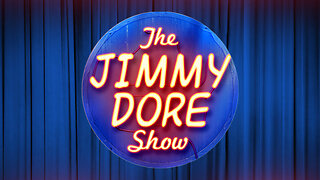 2:49:36
2:49:36
The Jimmy Dore Show
2 days agoRumble Time Live w/ Jimmy Dore & Special Guests Roseanne Barr, Dr. Drew, Drea de Matteo & More!
537K652 -
 17:17
17:17
DeVory Darkins
21 hours agoKamala Post-Election BOMBSHELL Exposes $1 BILLION Campaign DISASTER
64.9K151 -
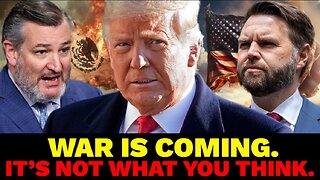 19:52
19:52
Stephen Gardner
1 day ago🔥HOLY CRAP! Trump just did the UNTHINKABLE!!
70.6K526 -
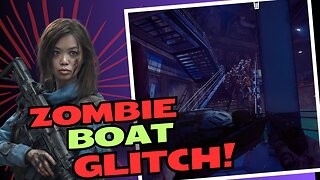 4:34:55
4:34:55
Pepkilla
9 hours agoBlackops Terminus Zombies Boat Glitch
133K6 -
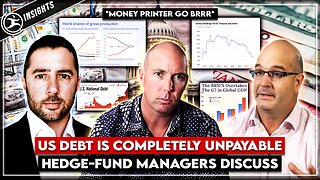 5:50
5:50
CapEx
21 hours ago $24.35 earnedWhat the Coming & Inevitable Sovereign Debt Crisis Means for YOU | CapEx Insider
122K28 -
 1:34:00
1:34:00
Tactical Advisor
10 hours agoAR15 Giveaway WINNER/Trump Winning | Vault Room Live Stream 008
84.9K40 -
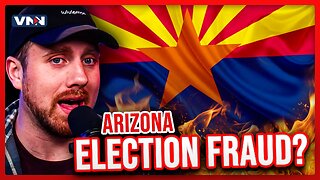 5:41:10
5:41:10
Vigilant News Network
12 hours agoOfficials CAUGHT Changing Ballots in Arizona | The Daily Dose
134K82